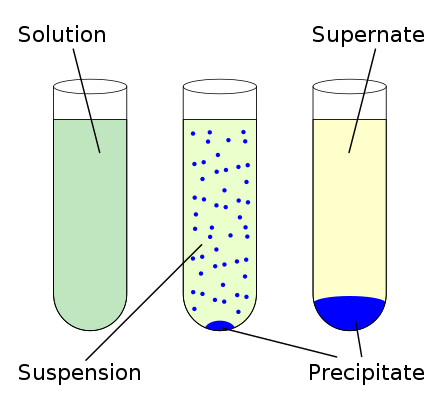

large banks were now able to locate in western railroad towns? HELP PLEASE! What is the enharmonic equivalent of E sharp?ĭ) F flat What region became a crossroads where farmers, traders, and invaders settled, traded, and exchange ideas Daryl drew a square with a side length equal to 4 inches. the adoption of a standard railroad gauge made private and federal land grants more available.ĭ. the division of time into four zones allowed businesses to communicate by telegraph for the first time.Ĭ. railroads created a true national market for u.s. what is the maximum mass of h2o that can be produced by combining 51.3 g of each reactant? How did the expansion of railroads accelerate the second industrial revolution in america? a. in the first step of the ostwald process, ammonia is reacted with oxygen gas to produce nitric oxide and water.


Which british decree angered the colonists because it limited the area available for settlement? The ostwald process is used commercially to produce nitric acid, which is, in turn, used in many modern chemical processes. one of the members of your team, debbie, states that she has noticed that gasoline prices seem to rise in years when a national league baseball team wins the world series. your client has requested that your consulting team expatiate on the factors that impact gasoline prices. part a what is the maximum height reached by the ball? Suppose you have been hired as a management consultant by a major oil company to help it optimally price gasoline at its service stations. Next, learn about the Effects of Acid Rain.A 0.300 kg ball is thrown vertically upward with an initial speed of 17.0 m/s. The Long-Term Monitoring (LTM) Network measures and monitors surface water chemistry at over 280 sites to provide valuable information on aquatic ecosystem health and how water bodies respond to changes in acid-causing emissions and acid deposition. When acid deposition is washed into lakes and streams, it can cause some to turn acidic. Air concentrations are measured by CASTNET at more than 90 locations.

Dry deposition estimates for nitrogen and sulfur pollutants are provided by the Clean Air Status and Trends Network (CASTNET). Unlike wet deposition, dry deposition is difficult and expensive to measure. The NADP/NTN collects acid rain at more than 250 monitoring sites throughout the US, Canada, Alaska, Hawaii and the US Virgin Islands. Policymakers, research scientists, ecologists, and modelers rely on the National Atmospheric Deposition Program’s (NADP) National Trends Network (NTN) for measurements of wet deposition. Acid rain usually has a pH between 4.2 and 4.4. Normal rain has a pH of about 5.6 it is slightly acidic because carbon dioxide (CO 2) dissolves into it forming weak carbonic acid. The lower a substance's pH (less than 7), the more acidic it is the higher a substance's pH (greater than 7), the more alkaline it is. For example, in desert areas the ratio of dry to wet deposition is higher than an area that receives several inches of rain each year.Īcidity and alkalinity are measured using a pH scale for which 7.0 is neutral. The amount of acidity in the atmosphere that deposits to earth through dry deposition depends on the amount of rainfall an area receives. When the accumulated acids are washed off a surface by the next rain, this acidic water flows over and through the ground, and can harm plants and wildlife, such as insects and fish. The acidic particles and gases may deposit to surfaces (water bodies, vegetation, buildings) quickly or may react during atmospheric transport to form larger particles that can be harmful to human health. Dry DepositionĪcidic particles and gases can also deposit from the atmosphere in the absence of moisture as dry deposition. The sulfuric and nitric acids formed in the atmosphere fall to the ground mixed with rain, snow, fog, or hail. Wet deposition is what we most commonly think of as acid rain. Winds can blow SO 2 and NO X over long distances and across borders making acid rain a problem for everyone and not just those who live close to these sources. Manufacturing, oil refineries and other industries.Two thirds of SO 2 and one fourth of NO X in the atmosphere come from electric power generators. Burning of fossil fuels to generate electricity.The major sources of SO 2 and NO X in the atmosphere are: While a small portion of the SO 2 and NO X that cause acid rain is from natural sources such as volcanoes, most of it comes from the burning of fossil fuels. These then mix with water and other materials before falling to the ground. The SO 2 and NO X react with water, oxygen and other chemicals to form sulfuric and nitric acids. Acid rain results when sulfur dioxide (SO 2) and nitrogen oxides (NO X) are emitted into the atmosphere and transported by wind and air currents.


 0 kommentar(er)
0 kommentar(er)
